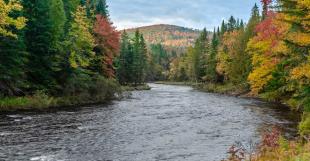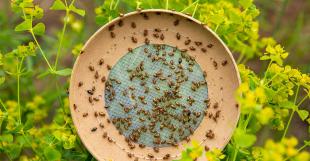In June, 2025, the Trump Administration announced that it will rescind the 2001 Roadless Area Rule. This landmark conservation rule protected 58.5 million acres of roadless National Forest land across 38 states from future roadbuilding and logging.
- What Comes Next: The Administration’s announcement triggers a new rule making process. This will include a 60-day public comment period and ultimately a final decision. So far there has been no indication when the rule making process will begin.
- Rally for Public Comments: When the public comment period is announced, we need to spread the word far and wide. We need to rally the public to submit a massive number of comments in support of the keeping the Roadless Rule restrictions in place.
- History of the Roadless Rule: The Roadless Rule was adopted in 2001 under Bill Clinton. The rule was the product of a 3-year process that included 600 public meetings and 1.6 million public comments in favor of adopting it.
- Roads Dominate Our National Forests: An estimated 380,000 miles of roads criss-cross our National Forests. This is 8 times longer than our entire US Interstate highway system.
- Roadless Areas Are Wild: Roadless protection keeps forests wild. Many roadless areas under the Rule have wilderness-like qualities with little human impact. They offer some of the best opportunities in the United States for outdoor adventure including hiking, backpacking, wildlife viewing, hunting, and fishing.
- Roadless Areas Protect Water Supplies: Roadless areas include the headwaters for 358 municipal watersheds that provide the drinking water for millions of Americans. The Roadless Rule protected these water supplies.
- Wildlife Needs Roadless Areas: Many species of wildlife need large unbroken blocks of habitat or their populations will drop. This includes wide-roaming animals such as wolves and grizzly bears. It also includes forest birds such as the wood thrush.
- Build Public Awareness: Right now, we need to build public awareness about the importance of roadless areas and the need to protect them. Start with yourself. Read more about this issue. Share posts on social media. Comment on posts to boost their reach. If you feel motivated, make it a personal project to promote this cause far and wide.
- Follow These Organizations: As a starting point for building awareness, please follow the nonprofits that are leading the advocacy efforts: Earthjustice, Natural Resources Defense Council, and The Wilderness Society. Engage with their content to boost their reach.

